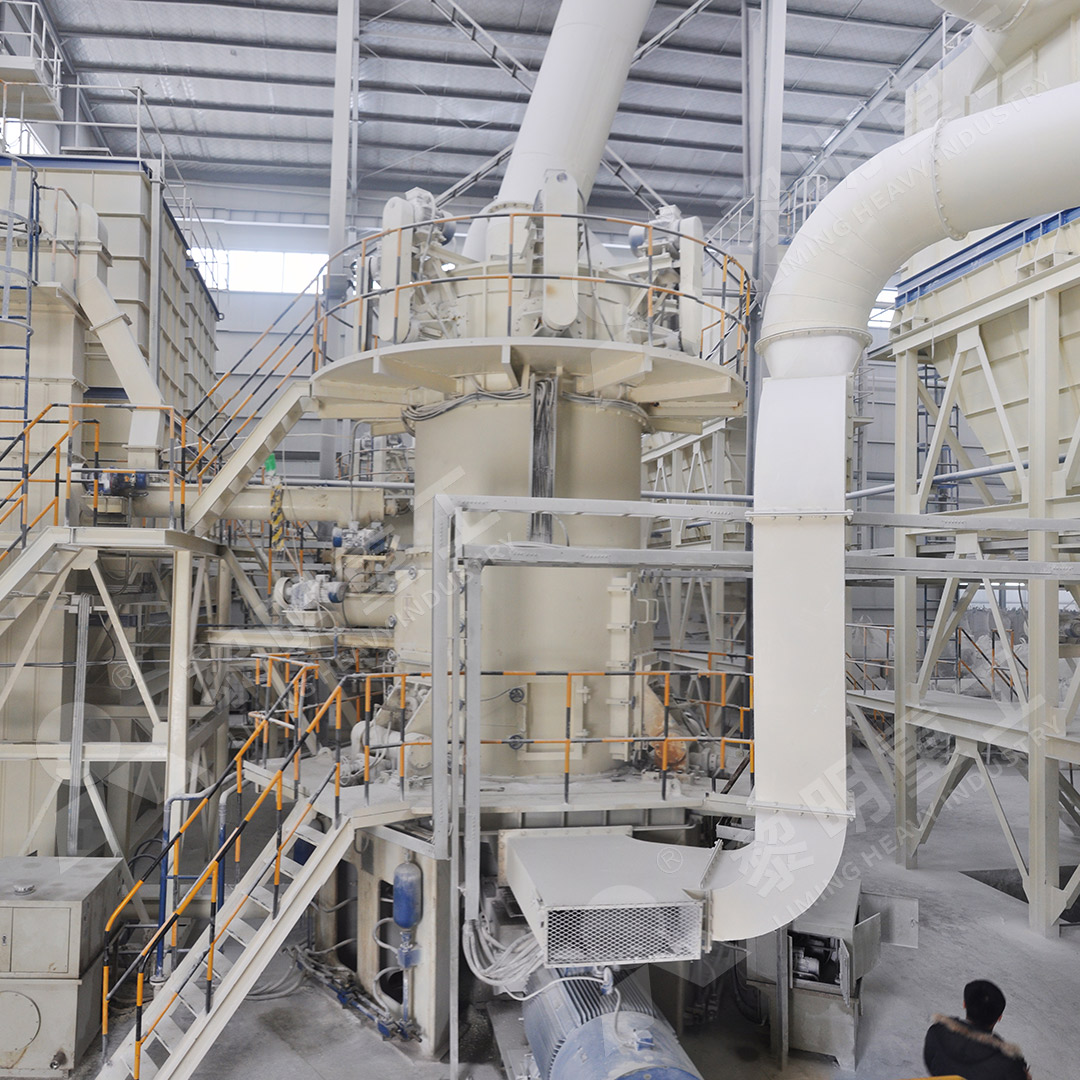How to Calculate Circulating Load in Ball Mill Grinding Circuits
How to Calculate Circulating Load in Ball Mill Grinding Circuits
For any mineral processing operation, understanding and optimizing the circulating load within a ball mill grinding circuit is crucial for maximizing efficiency, throughput, and product quality. The circulating load (CL) is defined as the amount of oversize material returned to the mill by the classifier relative to the amount of fresh feed. A well-calculated and managed CL is key to preventing both under-grinding and over-grinding, which can lead to increased energy consumption and reduced equipment lifespan.
Why Circulating Load Matters
An optimal circulating load ensures that the mill is operating at its most efficient capacity. Too low a CL means the mill is not being utilized effectively, often resulting in coarse product and wasted energy. Conversely, a CL that is too high can lead to slurry pooling, reduced grinding efficiency, and increased wear on mill liners and grinding media. For most ball mill operations, the circulating load is typically maintained between 150% and 400%, depending on the specific ore characteristics and circuit design.

The Circulating Load Calculation Formula
The most common method for calculating circulating load is based on sieve analysis. You can use the following formula:
CL = (T / F) * 100%
Where:
CL = Circulating Load (%)
T = Mass flow rate of coarse material returned to the mill (tph)
F = Mass flow rate of new feed to the circuit (tph)
In practice, it’s often easier to use the particle size distributions of the mill discharge, classifier feed (mill discharge), and classifier undersize (final product). A practical formula using screen undersize is:
CL = [ (U – F) / (F – O) ] * 100%
Where:
U = % passing a specific mesh size in the classifier undersize (product)
F = % passing the same mesh size in the classifier feed (mill discharge)
O = % passing the same mesh size in the classifier oversize (return sand)
Practical Steps for Calculation
- Collect Samples: Simultaneously collect representative samples of the fresh feed (F), the mill discharge (going to the classifier), and the classifier return sand (O).
- Perform Sieve Analysis: Conduct a screen analysis on all three samples using the same control sieve size (often the target grind size, e.g., 75μm).
- Determine Percent Passing: Find the percentage of material finer than the control size in each sample.
- Plug into the Formula: Insert the values into the formula above to calculate the circulating load percentage.

Optimizing Your Grinding Circuit
Once you know your circulating load, you can make informed decisions. If the CL is too low, you might increase the feed rate or adjust classifier settings to return more coarse material. If it’s too high, you may need to reduce feed rate or improve classifier efficiency to prevent overloading.
For operations looking to move beyond traditional ball milling, especially for ultra-fine powder requirements, consider advanced technologies like our MW Ultrafine Grinding Mill. This machine is engineered for customers needing to make ultra-fine powder (325-2500 meshes) with higher yielding and lower energy consumption. It features a newly designed grinding curve that enhances efficiency, offering production capacity 40% higher than jet mills and twice that of ball mills, while reducing system energy consumption by up to 70%. Its innovative design, including no rolling bearings or screws in the grinding chamber, eliminates common failure points and allows for 24/7 operation with minimal maintenance.

Another excellent solution for fine and ultra-fine grinding is the LUM Ultrafine Vertical Grinding Mill. It integrates grinding, grading, and transporting, offering higher yielding rates and better product quality. Its multi-head powder separating technology and double position-limiting technology make it more energy-saving and stable in operation, reducing energy consumption by 30%-50% compared to common grinding mills.
Conclusion
Accurately calculating and controlling the circulating load is a fundamental skill for optimizing ball mill performance. Regular monitoring and adjustment based on these calculations can lead to significant improvements in throughput, energy efficiency, and product consistency. For applications demanding finer grinds and greater efficiency, modern mills like the MW and LUM series provide superior alternatives to conventional ball milling circuits.
